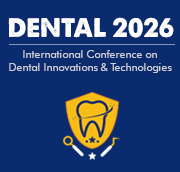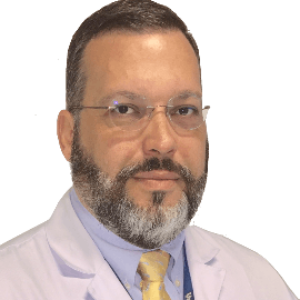Title : Use of fresh frozen cadavers for training and development of Surgical techniques
Abstract:
Throughout history, the use of human cadavers for teaching purposes has proved to be a common practice around the world. The training and development of surgical techniques are essential parts in the training of surgeons and require a learning curve, consolidated by the experience of their professional performance. For ethical and legal principles, these practices should not be carried out on human beings, making universities and training centers use animal models or simulators as an alternative. These studies have provided, throughout history, several advances in the areas of health, in addition to the understanding of its functioning and of life and death itself. Over the centuries, the cadaveric conservation process and dissection techniques have evolved, currently allowing the use of bodies soon after the donor's death or preserving them through cryogenic techniques, keeping the tissues with their natural characteristics, thus being the method as close to reality as possible. The aim of this study is to describe the advantages and disadvantages of using fresh frozen cadavers for training and development of surgical techniques. The study is based on the results of the experiences of students, teachers and professionals who underwent training in fresh frozen cadavers during courses held in the United States from 2014 to 2019. Participants took a pre-test addressing the topics that would be taught in the courses and after completion of the course, post-tests were performed in four periods: 1 day, 30 days, 180 days and 365 days after the end of the course. A total of 723 people responded to the tests, obtaining an average of 35.2% correct answers in the questionnaire in the pre-test and 81.3%, 78.5%, 73.7% and 68.1% respectively for the post-tests of 1. 30 , 180 and 365 days. We could then observe that there were significant increases in the pre-test scores compared to the post-tests, demonstrating the effectiveness of the technique in the short and long term. We conclude that the use and application of techniques in fresh frozen cadaver proved to be an excellent training model, approaching as much as possible the reality of the living patient, where tissues are preserved, maintaining their color, texture and anatomical characteristics.



